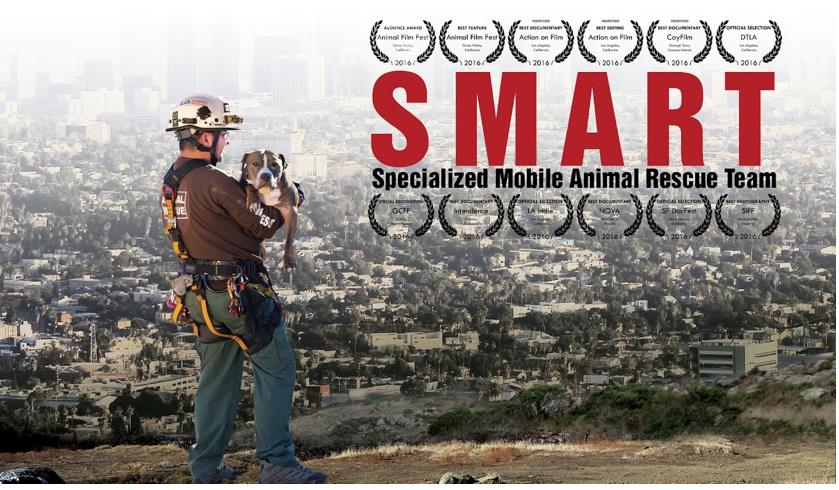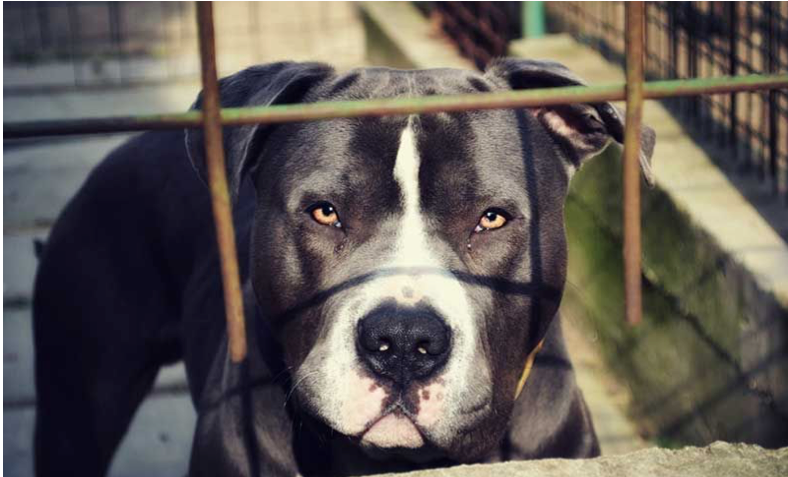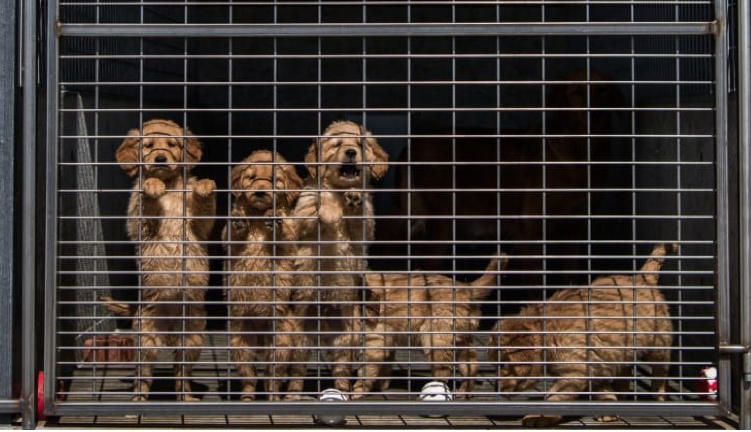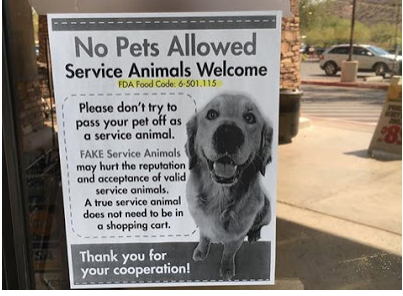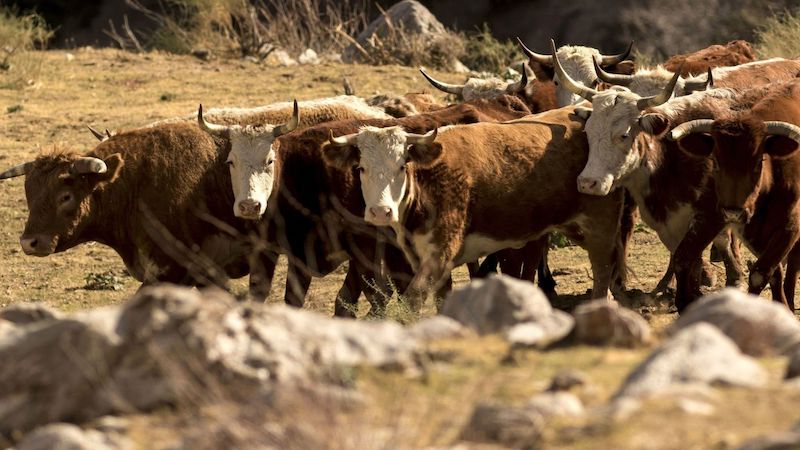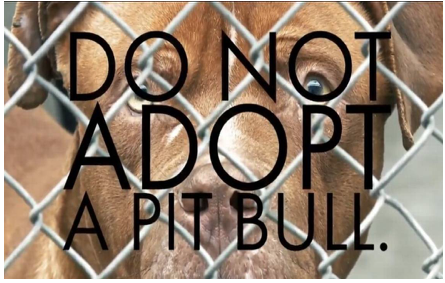LA Animal Services' Plan for ‘Finders’ to Keep Lost Pets OK'd by Council - Scheme or Scam?
ANIMAL WATCH-Under the "finders, keepers" plan of LA Animal Services General Manager Brenda Barnette, recently approved by the City Council, the city's costly animal shelters may soon become merely havens for wayward Pit Bulls -- the dogs least likely to be picked up as strays and taken home by Good Samaritans.





